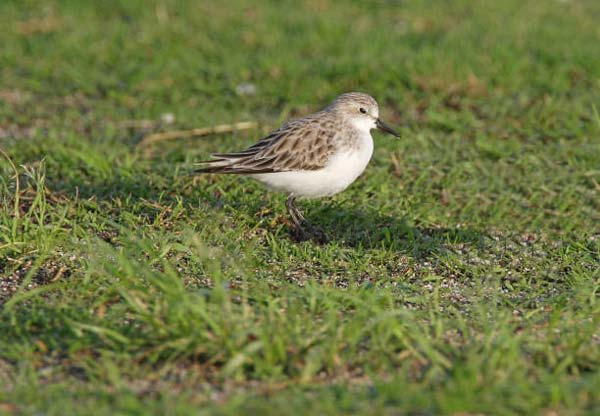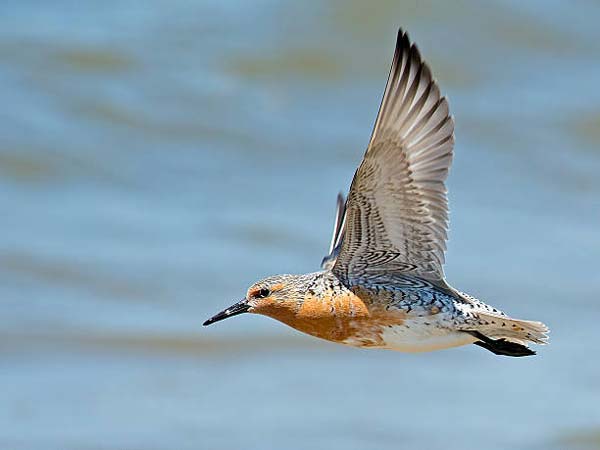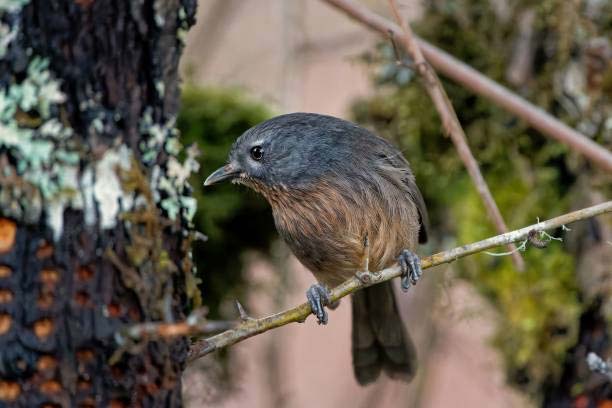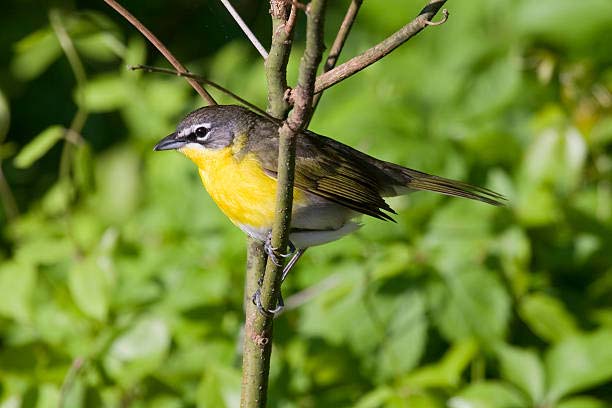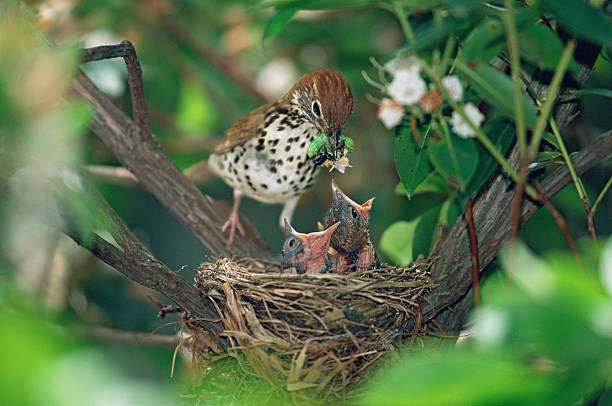The Sharp-tailed Sandpiper is a small wading bird native to the Northern Hemisphere. It’s an incredibly beautiful creature, with its...
Read More ➔Alaska, the largest state in the United States, is renowned for its vast wilderness and abundant wildlife. The state's diverse geography, ranging from arctic tundra to coastal rainforests, provides a home to over 400 species of birds. Whether you are a bird enthusiast or just a nature lover, Alaska is an extraordinary destination for birdwatching. From the majestic bald eagle to the colorful tanager, Alaska's birdlife is truly awe-inspiring. Join us on a journey through the wilds of Alaska as we explore the fascinating world of birds in this stunningly beautiful state.
- Over 400 species of birds have been recorded in Alaska
- Alaska is home to the world's largest concentration of bald eagles

Birds of Alaska
Read birds of Alaska blogs to learn the basics about 498 differents birds, their habitat, physical characterstics, foods etc.
Red-Necked Stint
Have you ever seen a tiny, dainty shorebird? If so, you might have just spotted a Red-necked Stint! This little...
Read More ➔Red Knot
Have you ever seen a red knot? These small shorebirds are a sight to behold, and they’re worth learning more...
Read More ➔California is a land of stunning natural beauty and diverse wildlife, and its avian inhabitants are no exception. From the majestic bald eagle soaring over the rugged mountains to the colorful hummingbirds flitting among the flowers, California's birds are a sight to behold. With over 600 species calling the state home at some point throughout the year, there is never a shortage of feathered friends to observe and admire. Whether you are a seasoned birdwatcher or just appreciate the beauty of nature, the birds of California are sure to captivate your heart and imagination.
- California is home to a diverse range of bird species
- Many of the birds of California are migratory, traveling in winter
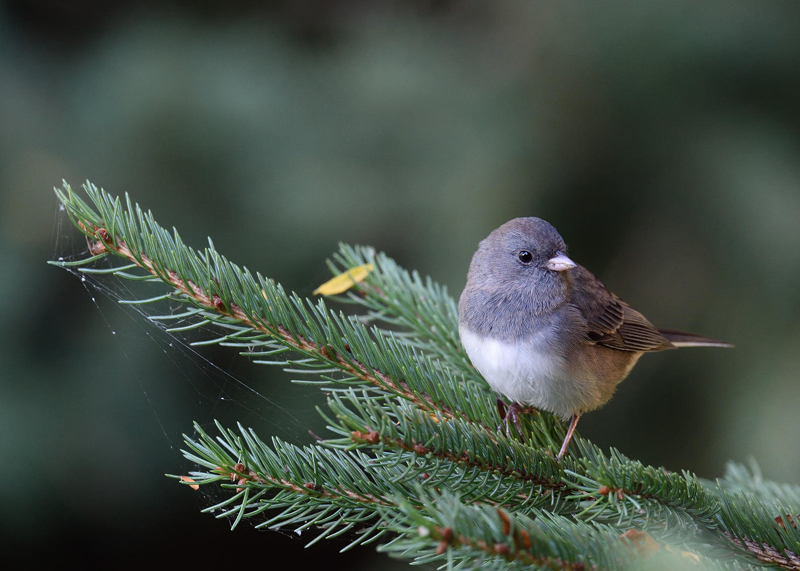
Birds of California
Read birds of California blogs to learn the basics about 200 differents birds, their habitat, physical characterstics, foods etc.
Wrentit
The Wrentit is an elusive bird found only in the western United States and Canada. It’s a small, secretive bird...
Read More ➔Yellow-Breasted Chat
The Yellow-breasted Chat (Icteria virens) is a delightful species of songbird found throughout many parts of the United States. This...
Read More ➔Wood Thrush
The Wood Thrush is an iconic species of North American bird, known for its melodious songs and striking plumage. Its...
Read More ➔Birds are fascinating creatures that come in a variety of shapes, sizes, and colors. From tiny hummingbirds to majestic eagles, there is always something new to learn about these feathered friends. Whether you enjoy birdwatching, studying bird behavior, or just admiring their beauty, a blog about birds can provide you with valuable information and insights. Join the conversation and explore the wonderful world of birds!
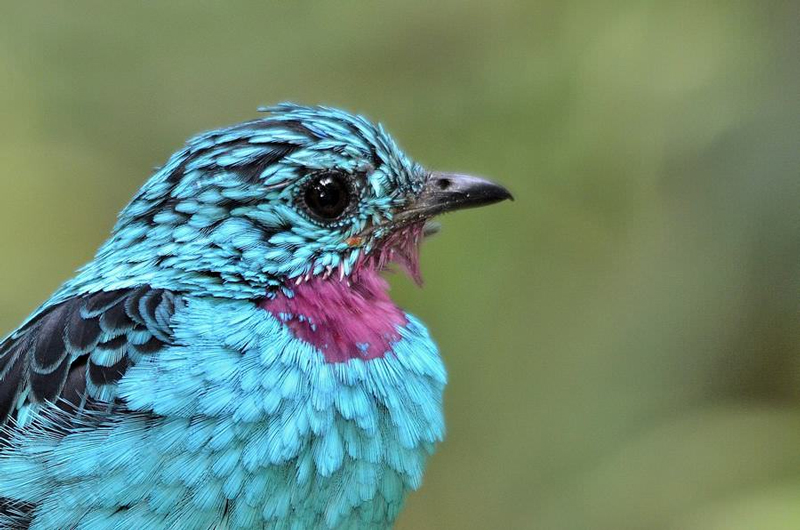
Birds
Read birds habitat, physical characterstics, foods etc.
Are Red Birds And Cardinals The Same
Birds are one of the most fascinating creatures on the planet. Their diversity in terms of physical appearance, behavior, and...
Read More ➔Are Red Birds A Sign Of Good Luck
Red birds have long been associated with good luck and fortune in various cultures around the world. These vibrant creatures,...
Read More ➔Are Red Birds And Cardinals The Same Bird
Red birds are a common sight in many parts of the world, and they often catch the eye with their...
Read More ➔

